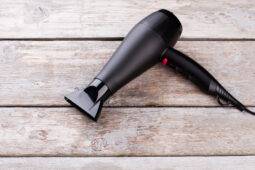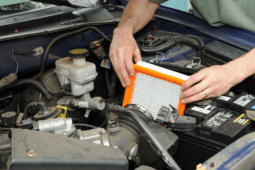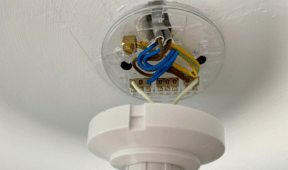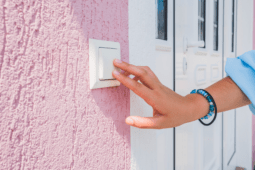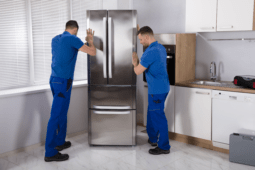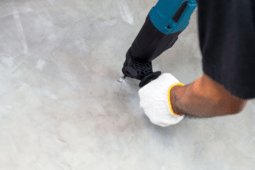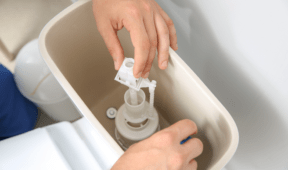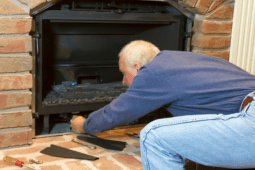5 Common Issues with Wells and How to Solve Them
If you rely on a well for your household water supply, you know the importance of maintaining its functionality. However, even the best-maintained wells can encounter issues. Understanding these common well problems and knowing how to address them can save you time, money, and inconvenience. This article delves into five prevalent well issues, providing detailed insights into their causes and solutions.
Ready to take on life with unshakable confidence? Whether you’re aiming to excel in your career, improve your relationships, or conquer DIY projects, NLP Hero’s Confidence Course is your key to success. Click here to start transforming your confidence and be better at everything you do!
Whether it’s a drop in water pressure, strange odors, or contamination concerns, being informed can help ensure your well remains a reliable source of water for your home. Let’s explore these common well problems and what you can do to resolve them effectively.
1. Low Water Pressure
Low water pressure is a frequent complaint among well owners. This issue can stem from several causes, including clogged pipes, a failing pressure tank, or sediment buildup in the well. Often, the first step in addressing low water pressure is to inspect the pressure tank.
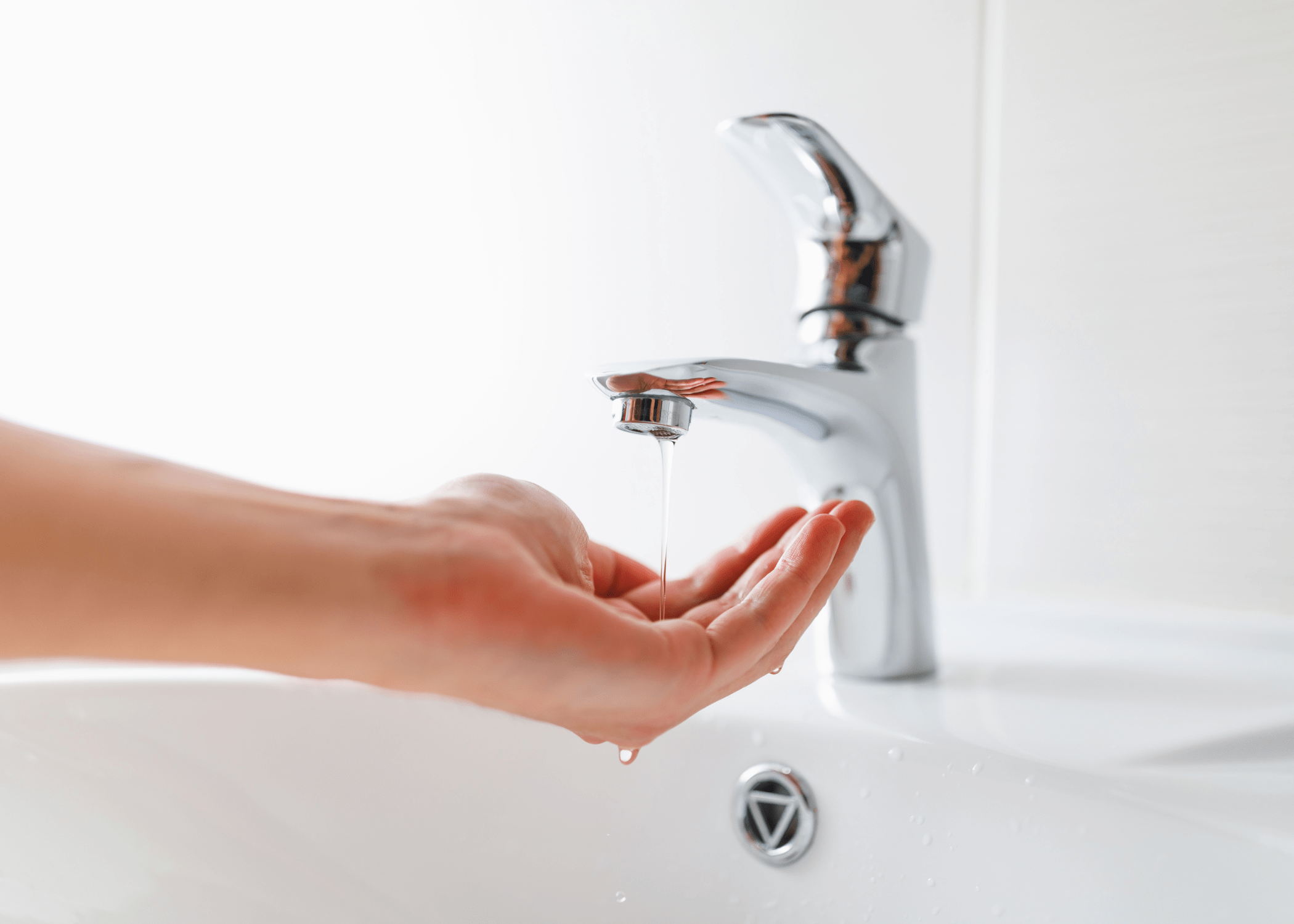
A malfunctioning pressure switch or a waterlogged tank can cause inconsistent water pressure. If the pressure tank appears to be in good condition, the next step is to check for clogged pipes, which can restrict water flow. Sediment buildup in the well itself can also be a culprit, and a professional well technician may need to clean or repair the well to restore proper water pressure.
2. No Water Flow
Experiencing no water flow is a significant problem that can arise from a variety of issues. One common cause is a power failure affecting the well pump. Check the circuit breaker and ensure that the pump has power. If power isn’t the issue, the well pump itself may be failing or have become damaged.
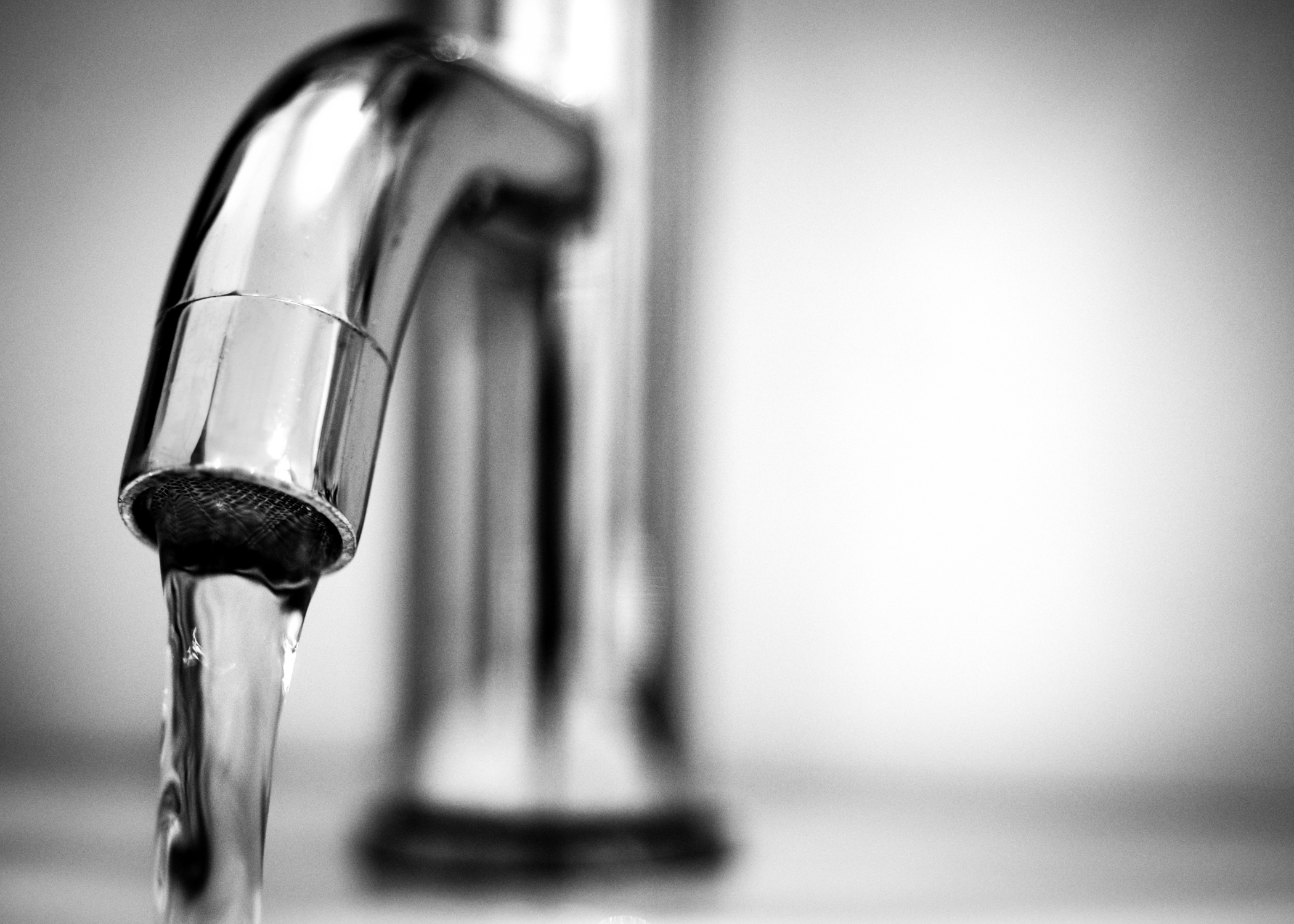
Another potential cause is a dry well, which occurs when the water table drops below the level of the well pump. In such cases, allowing the well to recover or drilling a deeper well may be necessary. Regular maintenance and monitoring can help prevent such drastic measures.
3. Contaminated Water
Contaminated water poses serious health risks and should be addressed immediately. Contamination can occur from various sources, including agricultural runoff, septic systems, or natural deposits. Regular water testing is essential to determine the presence of contaminants.
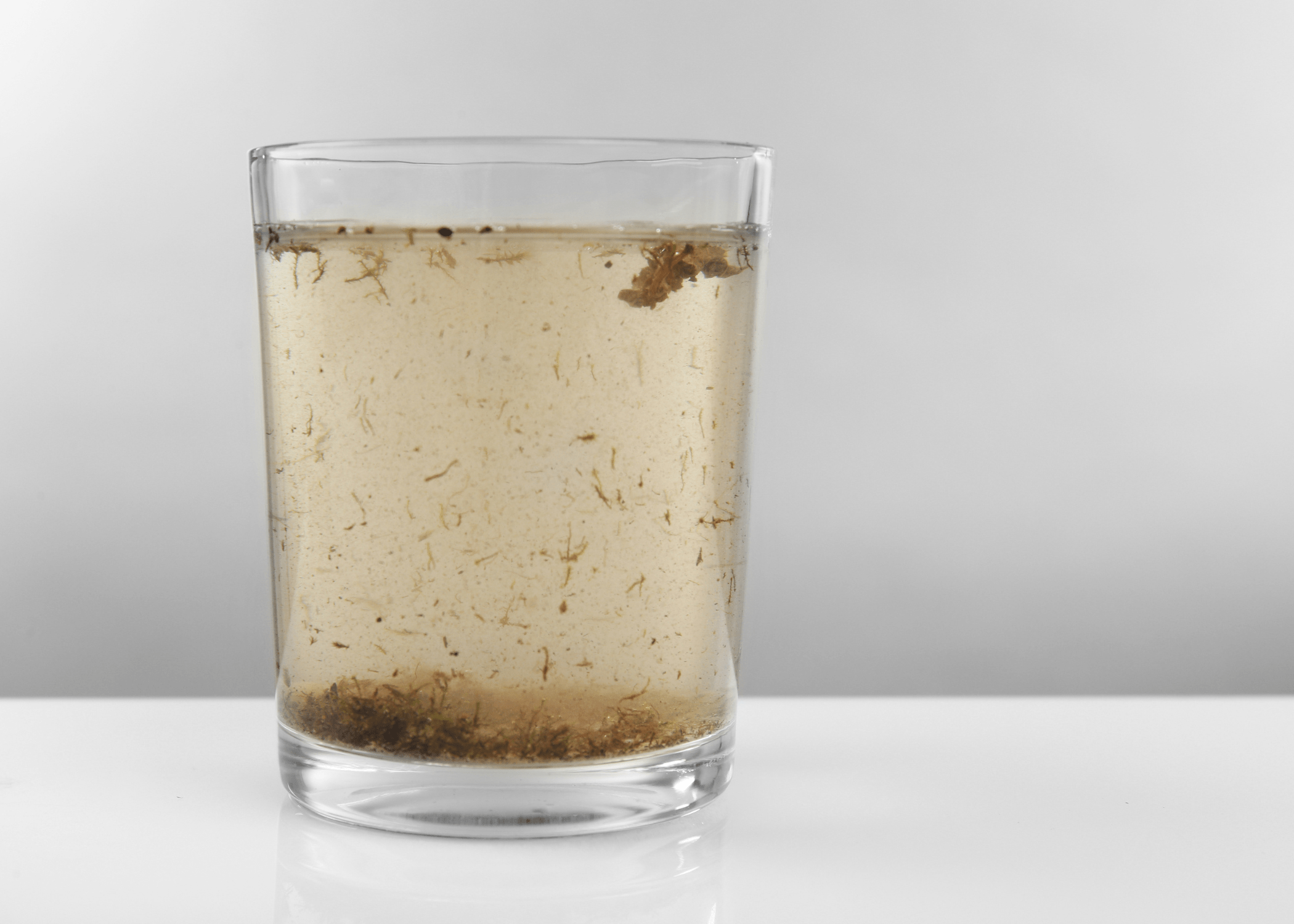
If contamination is detected, installing a filtration or purification system can help remove harmful substances. In severe cases, shock chlorination, which involves adding chlorine to the well to kill bacteria, may be necessary. Ensuring that the well is properly sealed and maintaining an adequate distance from potential contamination sources can also help prevent water quality issues.
4. Strange Odors and Tastes
Unpleasant odors and tastes in well water are typically indicative of underlying problems. A common cause of a rotten egg smell is the presence of hydrogen sulfide gas, which can be naturally occurring or result from bacterial activity. Conducting a water test can confirm the presence of this gas. Solutions may include installing an aeration system to remove the gas or using an activated carbon filter.
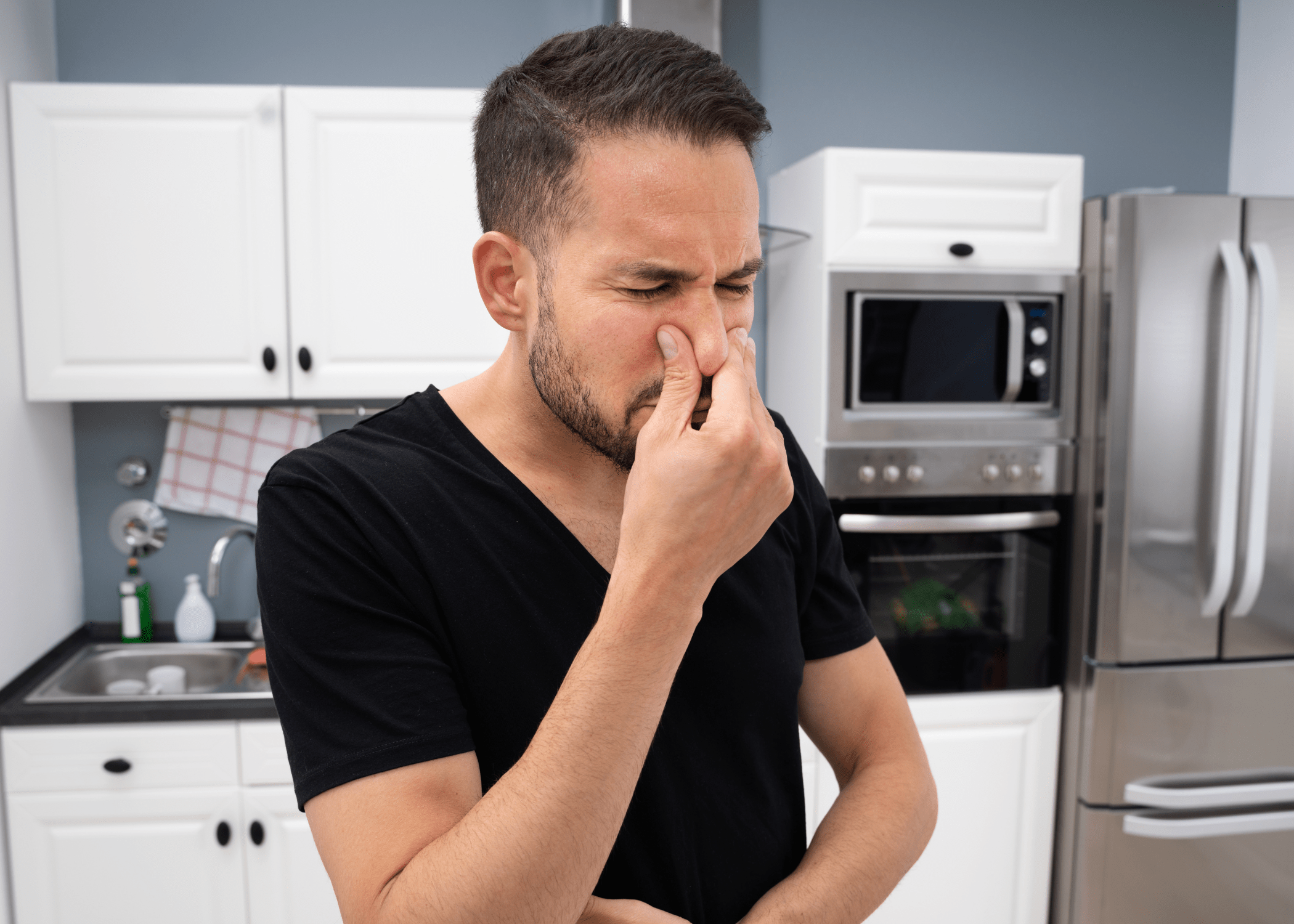
Metallic tastes or smells often indicate high levels of iron or manganese in the water. Water softeners or sediment filters can help mitigate these issues. Regularly testing and treating your water can keep it palatable and safe for consumption.
5. Pump Cycling On and Off Frequently
Frequent cycling of the well pump, known as short cycling, can lead to premature pump failure and increased electricity costs. This problem often arises from issues with the pressure tank, such as a loss of air charge. Inspecting the pressure tank for leaks or damage is a crucial first step.
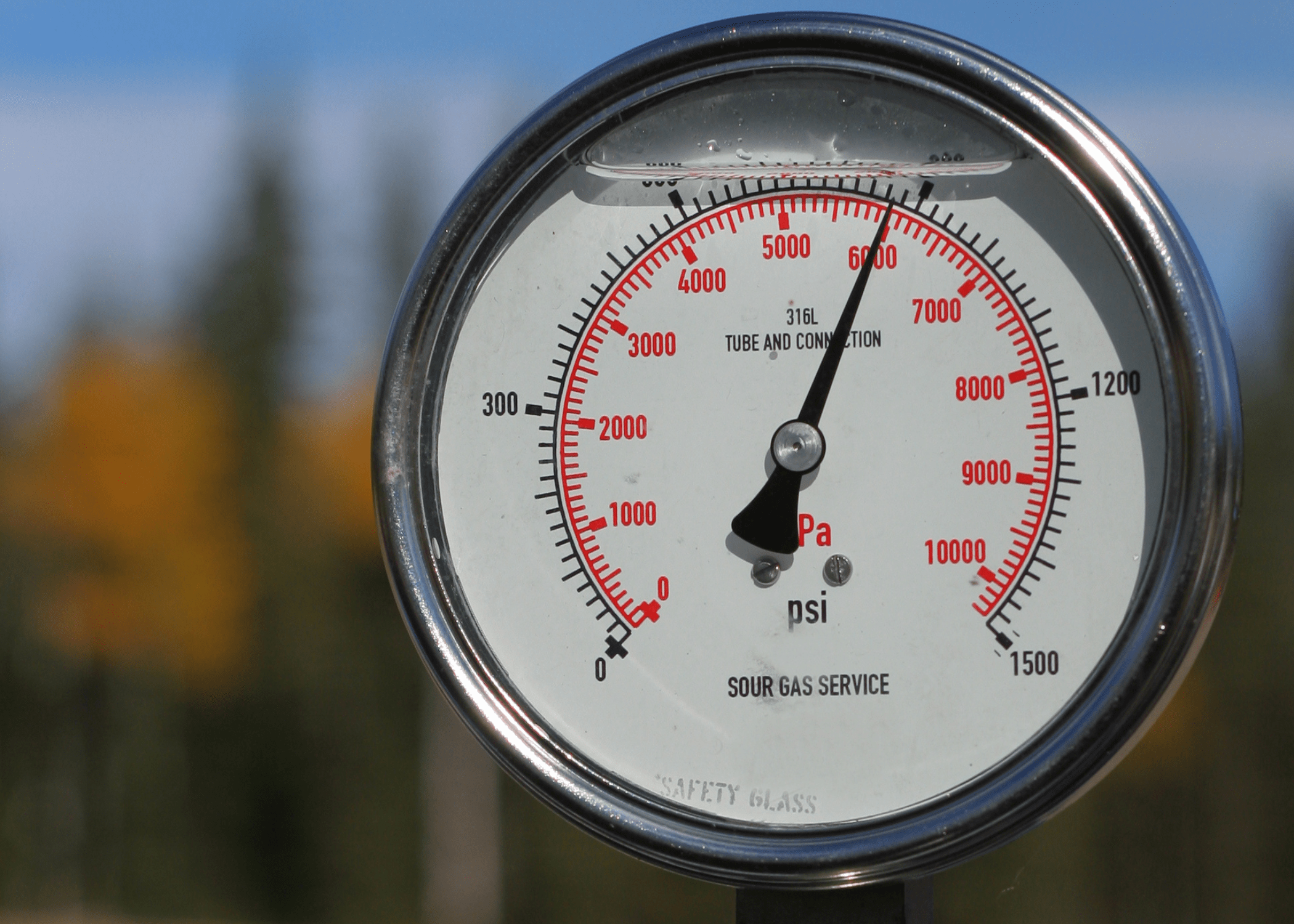
The pressure switch settings may also need adjustment to ensure the pump operates correctly. In some cases, a check valve may be faulty, causing water to flow back into the well and triggering the pump to cycle. Addressing these issues promptly can extend the lifespan of your well pump and ensure efficient operation.
Related Articles
Understanding these common well problems and their solutions can help you maintain a reliable water supply for your home. Regular maintenance, timely inspections, and addressing issues as they arise are key to preventing more serious complications. With the right knowledge and proactive measures, you can keep your well functioning smoothly and ensure the quality of your water.
Ready to start your next project? Join our DIY community to receive tool tips, how-to guides, and exclusive creative insights. Subscribe to the ManMadeDIY newsletter now! Click here to unlock a world of hands-on inspiration.

